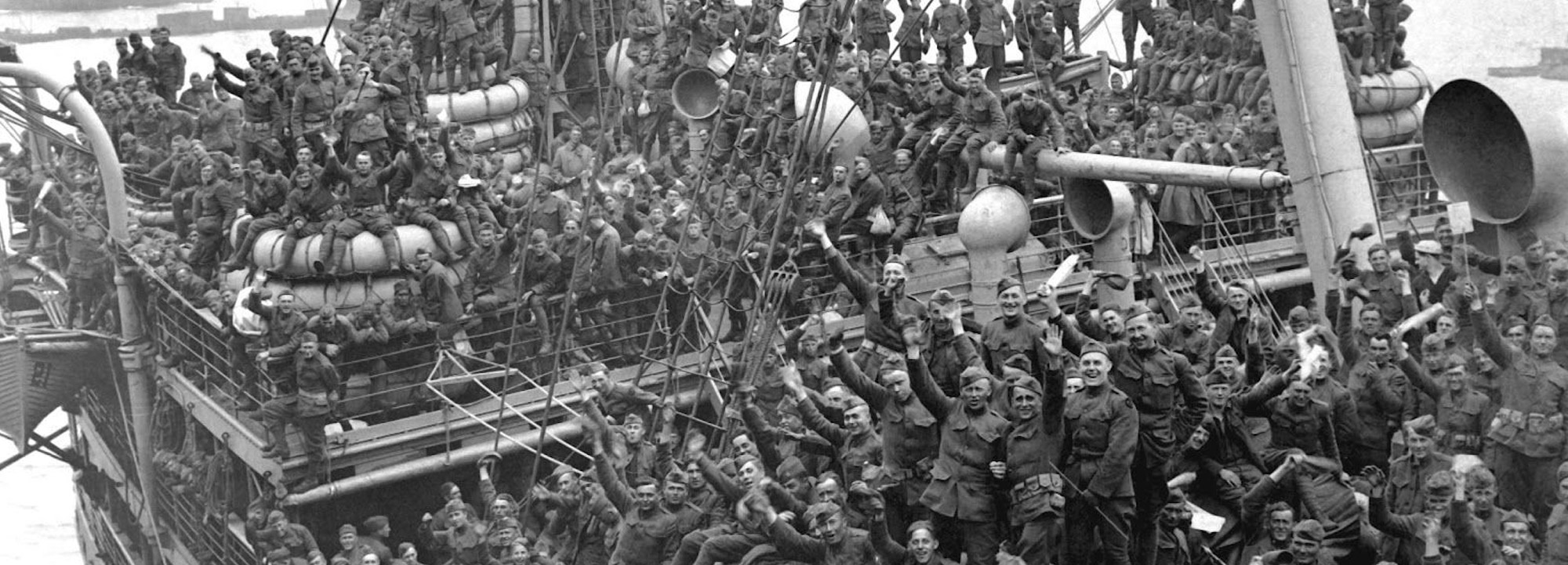

The number of Ossett men and women who enlisted in the armed services in The Great War 1914-1918 is unknown because some 65% of all WWI service records were destroyed by an enemy attack on central London in September 1940.
However it is known that at least 319 Ossett men died in the conflict and that some 330 men and one woman had enlisted by Christmas 1914. Taking these figures together and comparing them with national statistics it is reasonable to assume that approximately 2500 Ossett men and women enlisted to serve in The Great War. For comparison the population of Ossett in 1911 was 14078.
A single death in conflict is one too many but these figures indicate that many more survived than were lost and the lives of some of those Ossett men who did serve and survive can be seen in this collection.
Men began to return to Britain from their wartime service abroad in late 1918 but although the armistice of November 1918 ended the war on the Western Front, the millions of men who were serving there didn’t immediately return home. A demobilisation scheme was implemented, to ensure the gradual release of men from military service.
During the demobilisation procedure, men were offered medical checks, given civilian clothing and handed in their equipment. Demobilisation was based on a man’s peacetime occupation, with priority given to those who were needed most on the home front. Some men had to wait months until they were released.
The long wait for “demob” caused not only resentment, but in some cases strikes, mutiny and even riots amongst soldiers waiting to go home. For some, staying in the army was a better option than trying to find a job in Britain, and many re-enlisted for short periods of service. The shift from wartime to peacetime wasn’t a simple process, and many men who had spent months or years overseas found that their homecoming was an anti-climax.